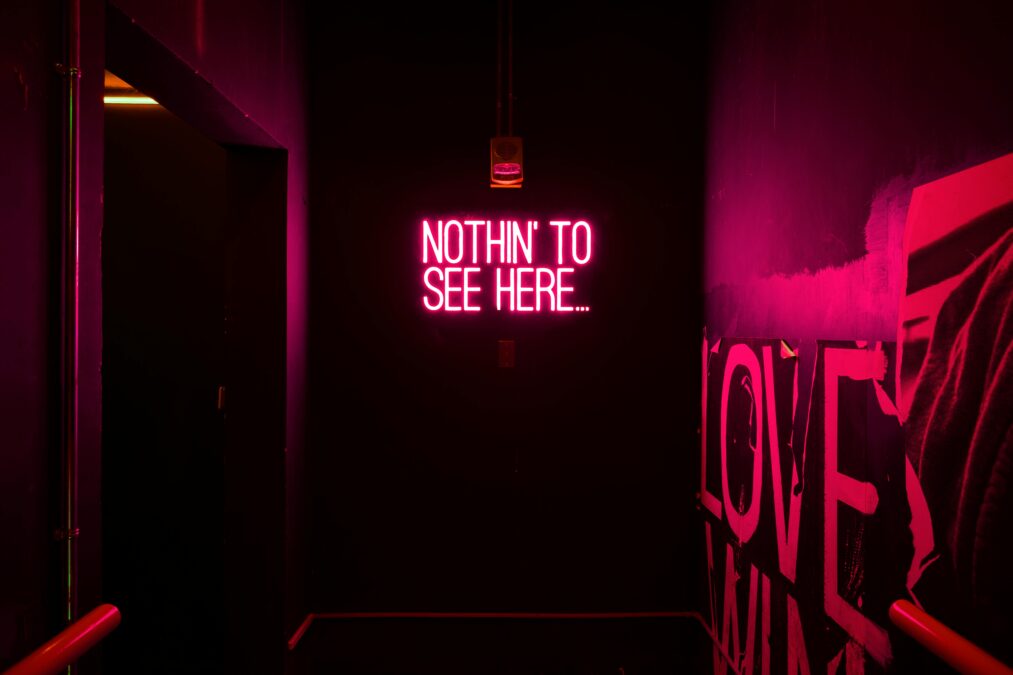Introduction
Word games have always fascinated people, but none have captured the imagination of millions quite like today’s Wordle. This simple yet addictive five-letter puzzle has become a cultural phenomenon, sparking conversations across social media, offices, classrooms, and households worldwide. Every morning, players eagerly open the Wordle site, curious to discover the challenge hidden behind five empty squares.
But what exactly makes today’s Wordle so engaging? Why do so many people return daily to test their vocabulary and logic? And most importantly, how can you improve your chances of solving it in fewer guesses?
In this detailed guide, we will explore everything you need to know about today’s Wordle: its origins, strategies, psychology, community, and how to approach the game like a pro. Whether you are a beginner or a seasoned solver, this article will give you a fresh perspective on the puzzle that has become part of millions of people’s morning routines.
The Origin of Today’s Wordle
The story of Wordle begins with a software engineer named Josh Wardle, who created the game as a personal project for his partner. What started as a private activity quickly gained traction after he shared it publicly in late 2021. Within months, Wordle exploded in popularity, leading The New York Times to acquire it in early 2022.
From its humble beginnings to becoming a global craze, the appeal of today’s Wordle lies in its simplicity: six attempts to guess a five-letter word, with colored feedback guiding each move. No flashy graphics, no complex rules—just pure wordplay and logic.

Why Today’s Wordle Matters
Every puzzle feels unique, yet universal. Here are a few reasons today’s Wordle holds such power:
Daily Ritual – It offers a consistent, quick challenge that fits into anyone’s schedule.
Community Bonding – Friends, families, and coworkers compare results without spoiling the answer.
Brain Exercise – It sharpens vocabulary, pattern recognition, and logical reasoning.
Social Media Sharing – The signature green, yellow, and gray grid has become a digital badge of honor.
Strategies to Solve Today’s Wordle
To master today’s Wordle, players rely on both skill and strategy. Let’s break down some effective methods:
Start with Strong Opening Words
The first guess sets the tone. Good starting words contain a mix of common vowels and consonants. Examples: CRANE, SLATE, AUDIO.
Pay Attention to Letter Frequency
English letters like E, A, R, O, and T appear frequently. Keep them in mind when planning guesses.
Use Elimination Tactically
Even a “bad” guess helps. Ruling out letters reduces the pool of possibilities for today’s Wordle.
Think About Word Patterns
If you know a word ends with “-ING” or starts with “SH-”, consider all possible matches. Pattern recognition is key.
Avoid Repeating Mistakes
Do not waste guesses on letters you already know are incorrect. Efficiency is critical.
The Psychology of Today’s Wordle
Part of the appeal lies in the psychological design. Here’s why today’s Wordle is so addictive:
-
Scarcity Effect – Only one puzzle per day makes it feel special.
-
Social Validation – Sharing results encourages community interaction.
-
Challenge and Reward – The balance between difficulty and achievability creates satisfaction.
-
Predictable Progression – Each guess gives immediate, useful feedback, keeping players engaged.
How Today’s Wordle Builds Community
Unlike competitive games, today’s Wordle unites people. You don’t compete against others; you compete against the puzzle itself. Yet, by posting results online, you join a worldwide conversation. The grid of green and yellow squares has become a universal language.
Even workplaces use it as a team-bonding activity, while families compare daily results at the breakfast table. This sense of shared experience makes each day’s puzzle more meaningful.
Advanced Tips for Today’s Wordle
For those seeking an edge in today’s Wordle, try these expert techniques:
Letter Position Analysis – Focus on where letters usually appear in words. For instance, “H” often begins words, while “E” frequently ends them.
Think Phonetically – If stuck, say the letters out loud to spark new possibilities.
Practice with Word Lists – Familiarize yourself with five-letter words from dictionaries and word lists.
Use Hard Mode – The built-in “Hard Mode” forces you to use revealed letters, building discipline and sharper thinking.
Track Common Wordle Answers – Some words repeat or share patterns with previous puzzles.
Cultural Impact of Today’s Wordle
Wordle isn’t just a puzzle—it’s a cultural touchstone. Teachers use it as a learning tool, linguists analyze it for language trends, and app developers have created countless spin-offs. From music-based “Heardle” to geography-themed “Worldle,” the influence of today’s Wordle stretches far beyond its five-letter grid.
Frequently Asked Questions (FAQs)
What is today’s Wordle?
Today’s Wordle is the daily five-letter word puzzle available on The New York Times Wordle website.
How many guesses do I get in today’s Wordle?
You get six attempts to guess the correct five-letter word.
Can I play previous Wordles?
Officially, no. Only today’s Wordle is available on the main site. However, some archives exist online.
What do the colors mean in today’s Wordle?
-
Green: The letter is correct and in the right place.
-
Yellow: The letter is correct, but in the wrong place.
-
Gray: The letter does not appear in the word.
How can I improve at today’s Wordle?
Start with strong opening words, track letter patterns, and eliminate letters strategically.
Is today’s Wordle the same for everyone?
Yes, the puzzle is identical worldwide, fostering a global shared experience.
Why is today’s Wordle so popular?
Its simplicity, daily scarcity, and social sharing features make it addictive and widely loved.
Can I cheat at today’s Wordle?
Yes, websites provide answers, but cheating removes the fun and sense of accomplishment.
Conclusion
Today’s Wordle is far more than a five-letter guessing game. It represents routine, community, intellectual challenge, and cultural relevance. Each puzzle is a miniature battle of wit, where players balance intuition, logic, and vocabulary.
The enduring popularity of today’s Wordle lies in its universal accessibility—anyone, regardless of age or language background, can attempt it. It reminds us that sometimes the simplest games can have the most profound impact.
So the next time you open the game, remember that you’re not just solving a puzzle—you’re participating in a worldwide ritual that connects millions of people, one word at a time.
Also Read More: GME Stock Complete Guide to GameStop’s Market Phenomenon and Future


